Model-Based Compensation for Sliding Mode Trajectory Tracking Control of Remote Operated Vehicle
DOI: 10.23977/autml.2025.060120 | Downloads: 17 | Views: 304
Author(s)
Juncheng Zhao 1, Xiaoming Xia 1, Luoluo Li 2
Affiliation(s)
1 School of Ocean Engineering, Jiangsu Ocean University, Lianyungang, Jiangsu, China
2 Makarov College of Marine Engineering, Jiangsu Ocean University, Lianyungang, Jiangsu, China
Corresponding Author
Juncheng ZhaoABSTRACT
To address the issues of accuracy degradation and insufficient disturbance rejection capabilities faced by underwater robots during trajectory tracking, this paper proposes a sliding mode control method based on model compensation. The method constructs a sliding surface and introduces state error and its dynamic characteristics to design a controller that includes reference velocity and acceleration compensation terms. Using the Lyapunov stability theory, the global asymptotic stability of the closed-loop system was proven. Simulation results show that the proposed method ensures rapid convergence of the trajectory tracking error while demonstrating good robustness and interference resistance, providing an effective means for precise control of underwater robots in complex environments.
KEYWORDS
Remote Operated Vehicle, Model Compensation, Sliding Mode Control, Trajectory TrackingCITE THIS PAPER
Juncheng Zhao, Xiaoming Xia, Luoluo Li, Model-Based Compensation for Sliding Mode Trajectory Tracking Control of Remote Operated Vehicle. Automation and Machine Learning (2025) Vol. 6: 181-190. DOI: http://dx.doi.org/10.23977/autml.2025.060120.
REFERENCES
[1] Bogue R. Underwater robots: a review of technologies and applications[J]. Industrial Robot: An International Journal, 2015, 42(3): 186-191.
[2] Yuh J. Design and control of autonomous underwater robots: A survey[J]. Autonomous Robots, 2000, 8(1): 7-24.
[3] S. Heshmati-Alamdari, A. Nikou and D. V. Dimarogonas, "Robust Trajectory Tracking Control for Underactuated Autonomous Underwater Vehicles in Uncertain Environments," in IEEE Transactions on Automation Science and Engineering, vol. 18, no. 3, pp. 1288-1301, July 2021.
[4] Huang B, Yang Q. Double-loop sliding mode controller with a novel switching term for the trajectory tracking of work-class ROVs[J]. Ocean Engineering, 2019, 178: 80-94.
[5] Jiang Y, Zhang Q, Hu Y. Fault-tolerant trajectory tracking control of underwater salvage robots based on super-twisting sliding mode[J]. Ocean Engineering, 2024, 312: 119340.
[6] Shao K, Zheng J, Yang C, et al. Chattering-free adaptive sliding-mode control of nonlinear systems with unknown disturbances[J]. Computers & Electrical Engineering, 2021, 96: 107538.
[7] L. Qiao and W. Zhang, "Trajectory Tracking Control of AUVs via Adaptive Fast Nonsingular Integral Terminal Sliding Mode Control," in IEEE Transactions on Industrial Informatics, vol. 16, no. 2, pp. 1248-1258, Feb. 2020
[8] Xu J, Wang M, Qiao L. Dynamical sliding mode control for the trajectory tracking of underactuated unmanned underwater vehicles[J]. Ocean engineering, 2015, 105: 54-63.
[9] M. U. Khalid, M. Ahsan, O. Kamal and U. Najeeb, "Modeling and Trajectory Tracking of Remotely Operated Underwater Vehicle using Higher Order Sliding Mode Control,"2019 16th International Bhurban Conference on Applied Sciences and Technology (IBCAST), Islamabad, Pakistan, 2019, pp. 855-860.
[10] Qiao L, Zhang W. Adaptive second-order fast nonsingular terminal sliding mode tracking control for fully actuated autonomous underwater vehicles[J]. IEEE Journal of Oceanic Engineering, 2018, 44(2): 363-385.
[11] J. Yuh, "Modeling and control of underwater robotic vehicles," in IEEE Transactions on Systems, Man, and Cybernetics, vol. 20, no. 6, pp. 1475-1483, Nov.-Dec. 1990.
[12] Christensen L, de Gea Fernández J, Hildebrandt M, et al. Recent advances in ai for navigation and control of underwater robots[J]. Current Robotics Reports, 2022, 3(4): 165-175.
| Downloads: | 4322 |
|---|---|
| Visits: | 200463 |
Sponsors, Associates, and Links
-
Power Systems Computation
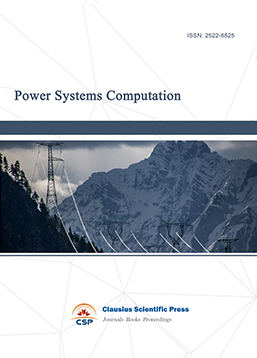
-
Internet of Things (IoT) and Engineering Applications
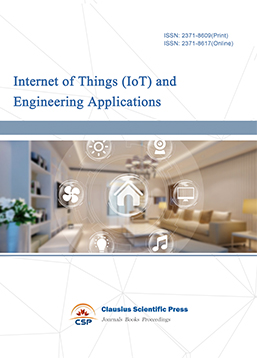
-
Computing, Performance and Communication Systems
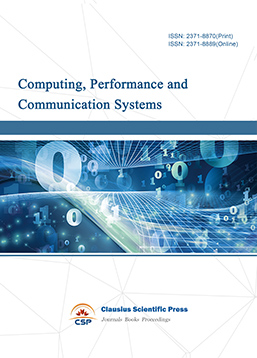
-
Journal of Artificial Intelligence Practice
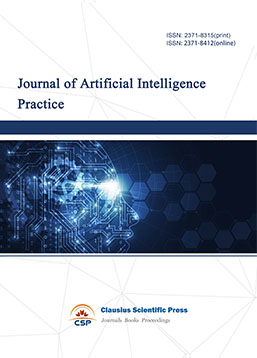
-
Advances in Computer, Signals and Systems
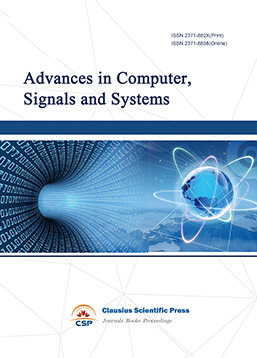
-
Journal of Network Computing and Applications
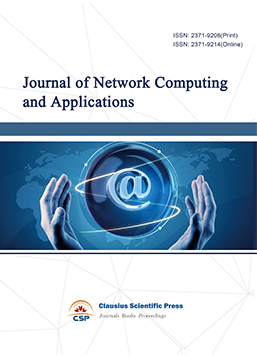
-
Journal of Web Systems and Applications
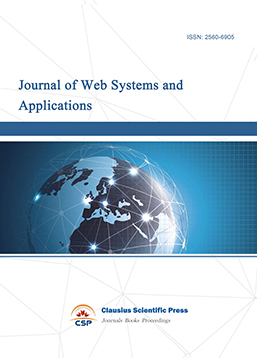
-
Journal of Electrotechnology, Electrical Engineering and Management
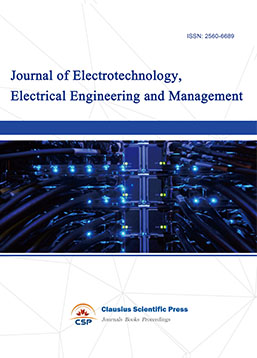
-
Journal of Wireless Sensors and Sensor Networks
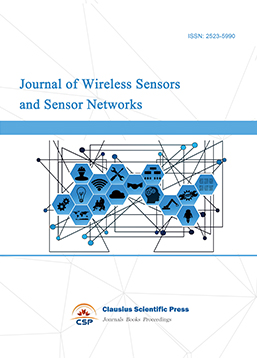
-
Journal of Image Processing Theory and Applications
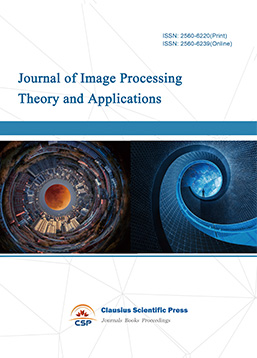
-
Mobile Computing and Networking
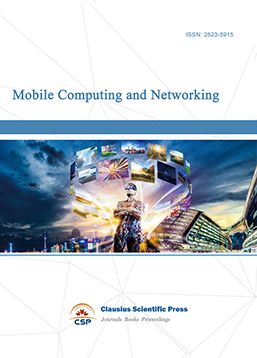
-
Vehicle Power and Propulsion
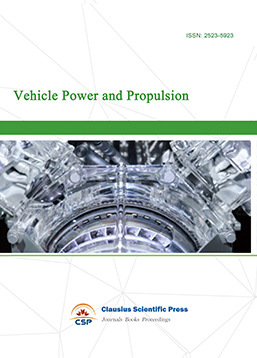
-
Frontiers in Computer Vision and Pattern Recognition
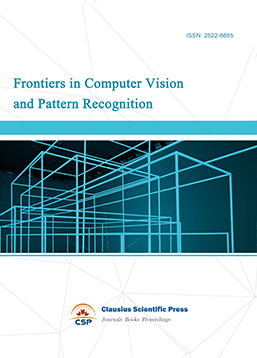
-
Knowledge Discovery and Data Mining Letters
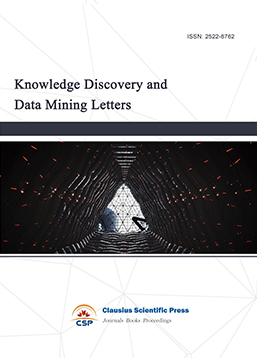
-
Big Data Analysis and Cloud Computing
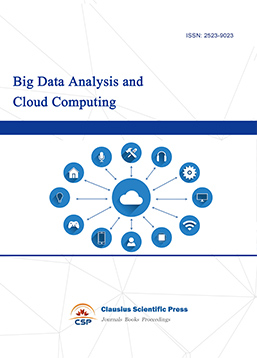
-
Electrical Insulation and Dielectrics
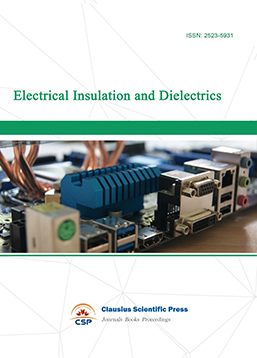
-
Crypto and Information Security
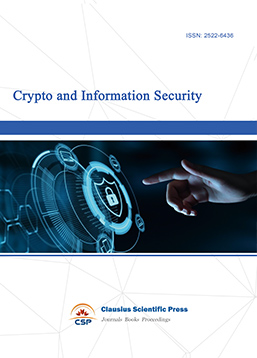
-
Journal of Neural Information Processing
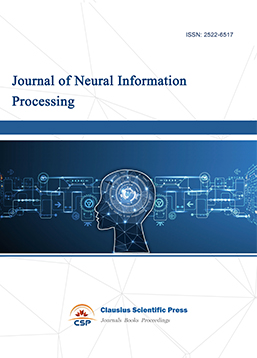
-
Collaborative and Social Computing
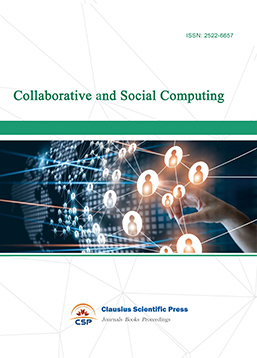
-
International Journal of Network and Communication Technology
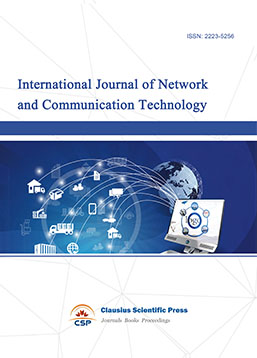
-
File and Storage Technologies
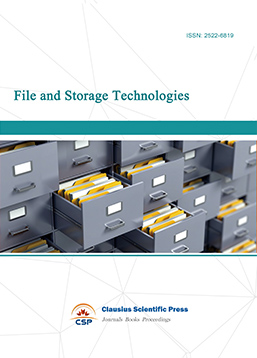
-
Frontiers in Genetic and Evolutionary Computation
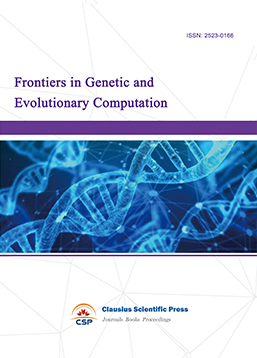
-
Optical Network Design and Modeling
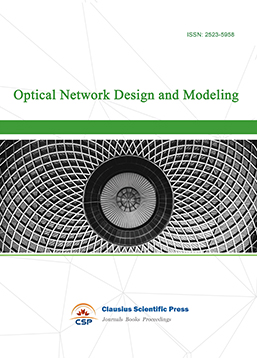
-
Journal of Virtual Reality and Artificial Intelligence
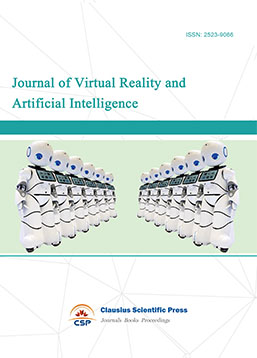
-
Natural Language Processing and Speech Recognition
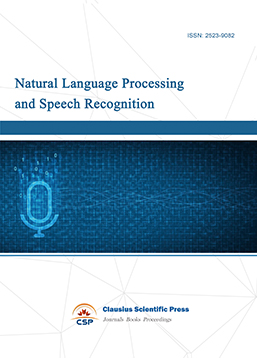
-
Journal of High-Voltage
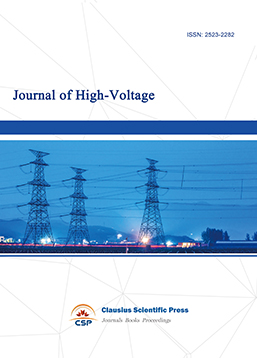
-
Programming Languages and Operating Systems
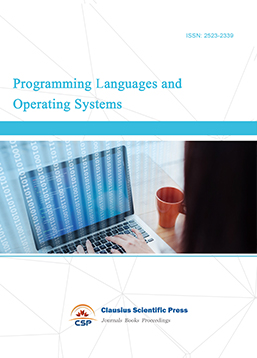
-
Visual Communications and Image Processing
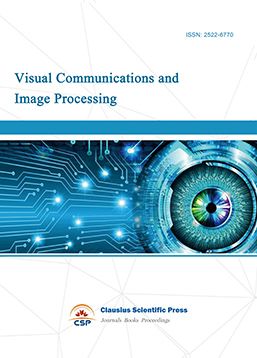
-
Journal of Systems Analysis and Integration
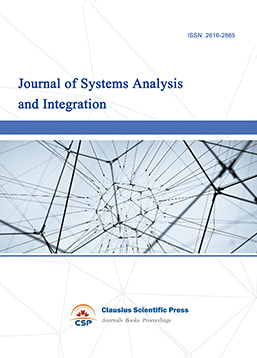
-
Knowledge Representation and Automated Reasoning
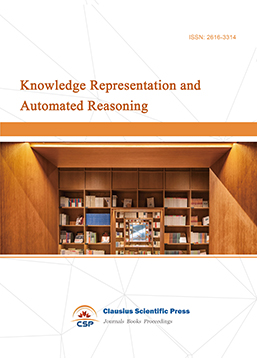
-
Review of Information Display Techniques
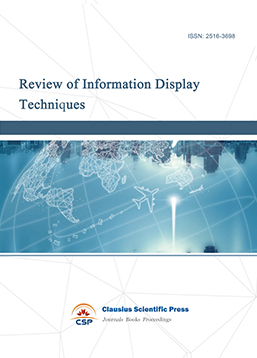
-
Data and Knowledge Engineering
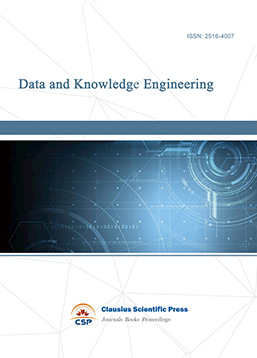
-
Journal of Database Systems
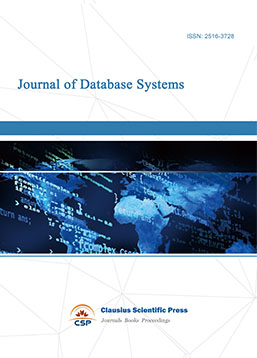
-
Journal of Cluster and Grid Computing
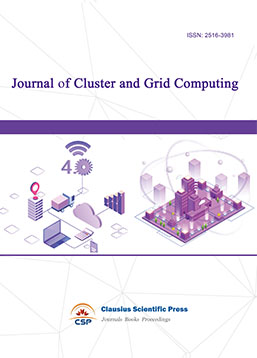
-
Cloud and Service-Oriented Computing
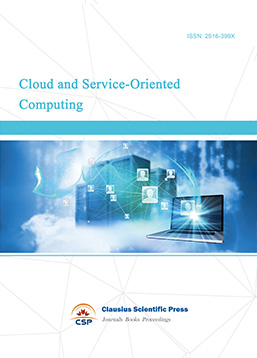
-
Journal of Networking, Architecture and Storage
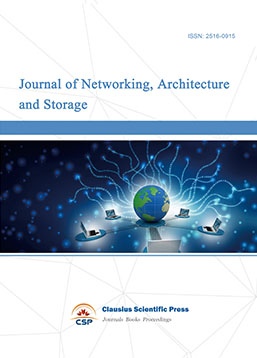
-
Journal of Software Engineering and Metrics
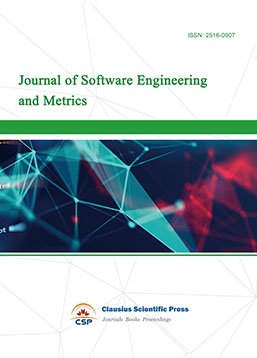
-
Visualization Techniques
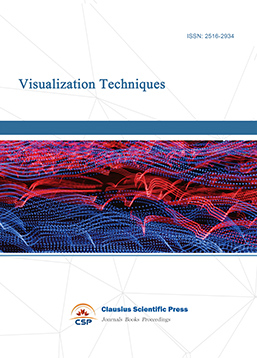
-
Journal of Parallel and Distributed Processing
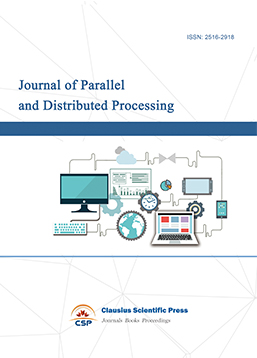
-
Journal of Modeling, Analysis and Simulation
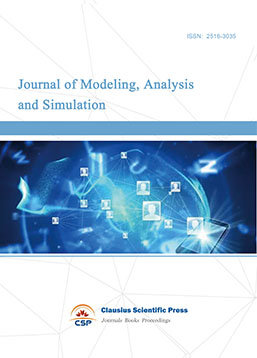
-
Journal of Privacy, Trust and Security
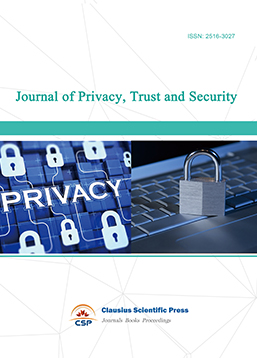
-
Journal of Cognitive Informatics and Cognitive Computing
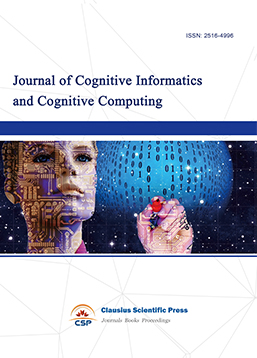
-
Lecture Notes on Wireless Networks and Communications
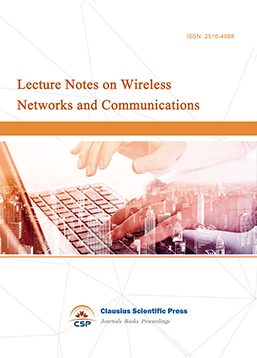
-
International Journal of Computer and Communications Security
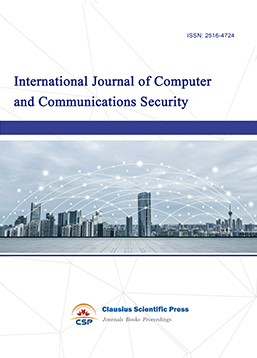
-
Journal of Multimedia Techniques
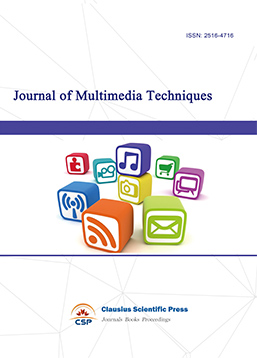
-
Computational Linguistics Letters
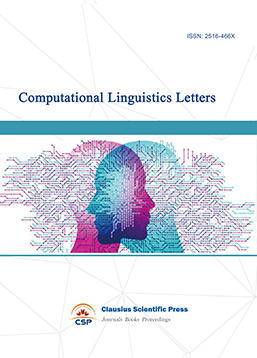
-
Journal of Computer Architecture and Design
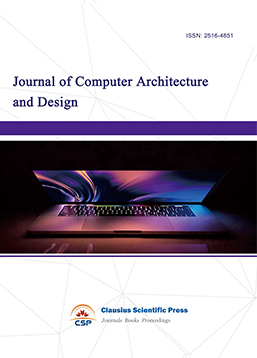
-
Journal of Ubiquitous and Future Networks
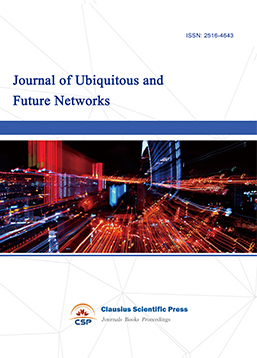

 Download as PDF
Download as PDF